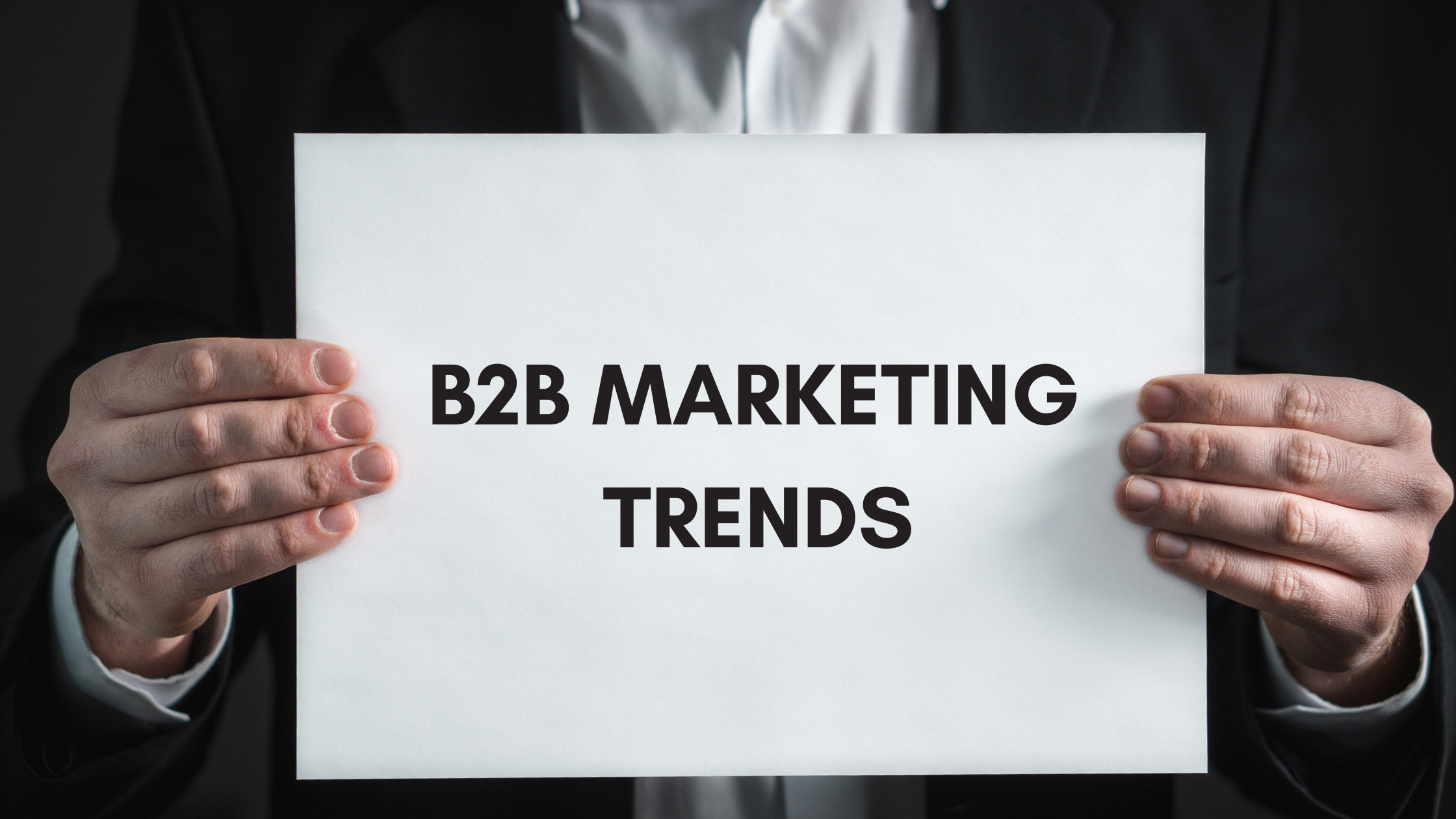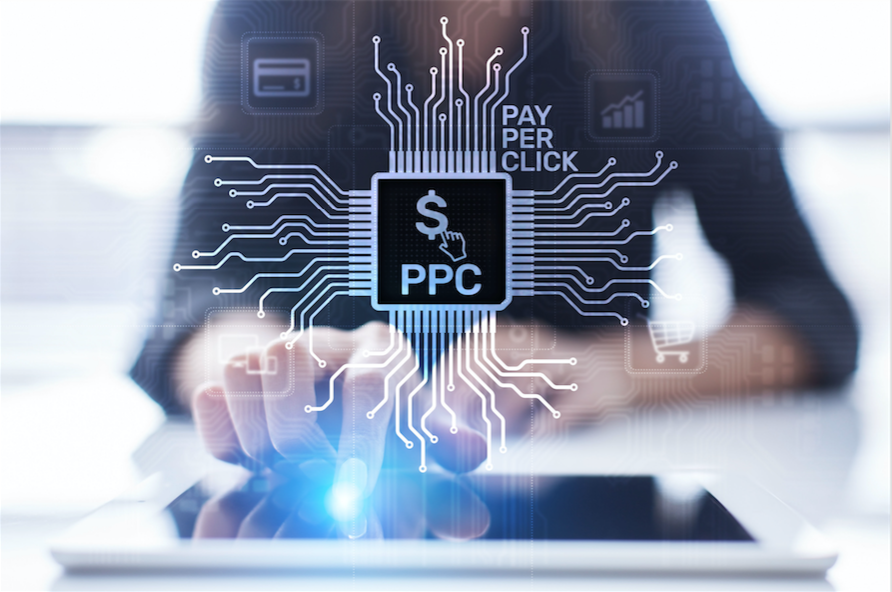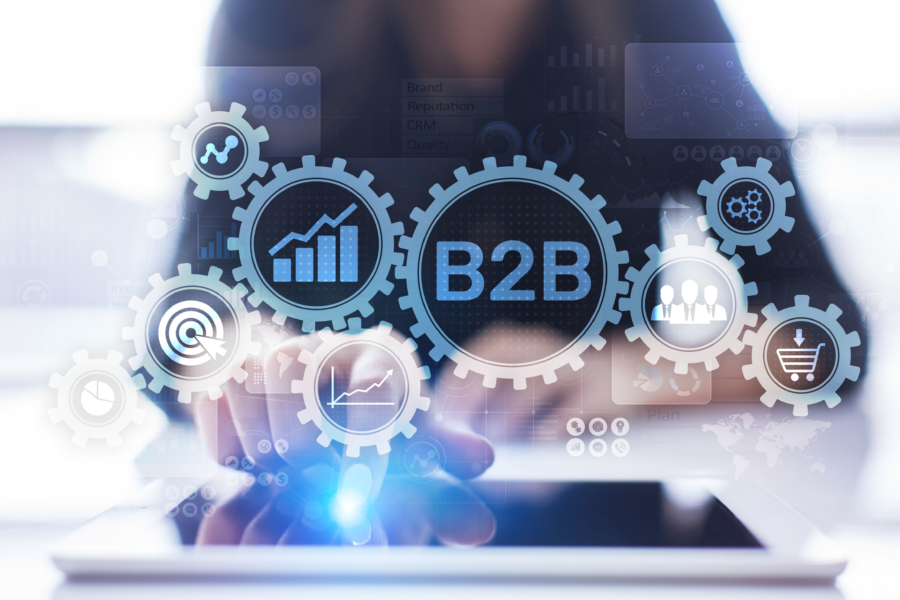Marketers have a vast landscape of social media platforms to navigate, and each platform presents unique opportunities. But when it comes to B2B marketing, LinkedIn stands out as the ideal channel for more reasons than you may
- Home
- Tag: B2B Marketing
As the second quarter of 2023 is underway, it's a great time to reflect on the B2B marketing trends that have emerged and evolved over the past few months. The digital landscape is constantly changing, and marketers
Effective paid search strategies are difficult to get right. You may have problems with budget, creative content, channel decisions and more. However, one of the biggest problems marketing departments have with the effective search engine advertising is
The B2B conversion funnel can be very different than that of B2C. The purchasing decision and sales cycle as a whole can take much longer. First, because there is more than one decision maker. When purchases are









